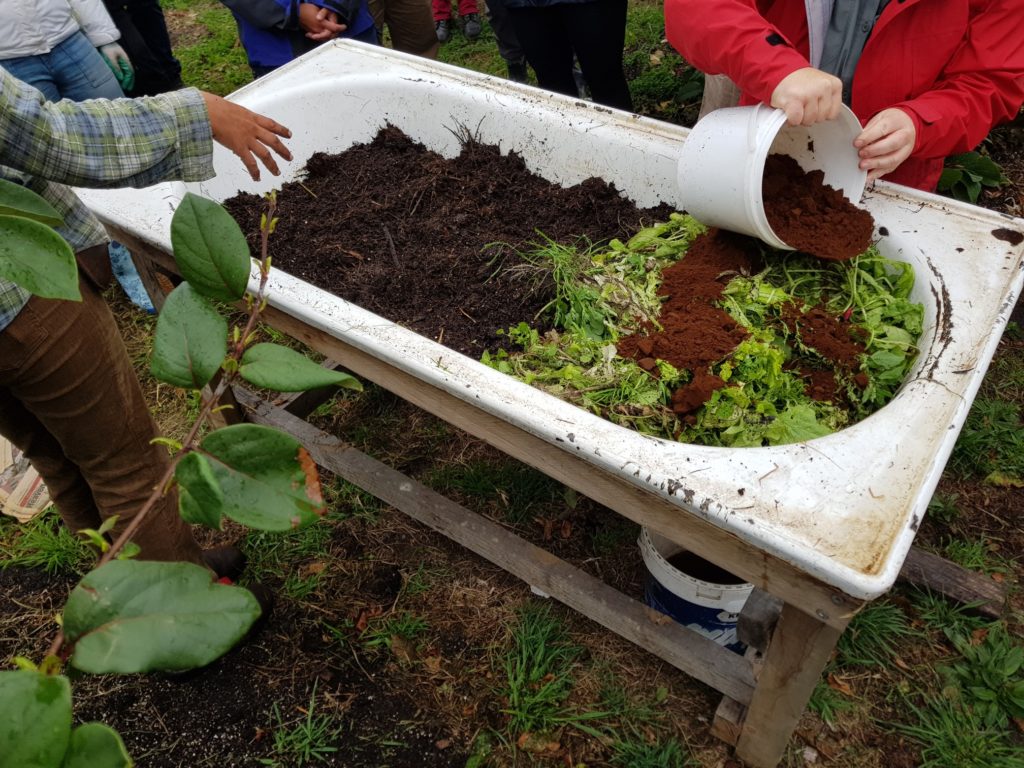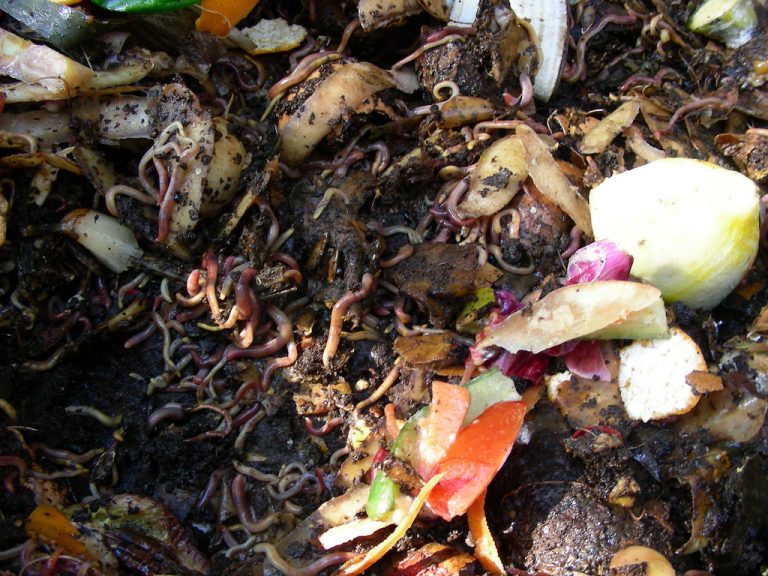Bathtub Worm Farm
If you're looking for a sustainable and eco-friendly way to compost your organic waste, a bathtub worm farm may be just what you need. Not only does it reduce the amount of waste going to landfills, but it also creates nutrient-rich compost for your garden. Keep reading to learn more about bathtub worm farms and how you can create one for your own backyard.
Pain Points
Composting can be a messy and time-consuming process. Many people don't have the space or equipment to compost their organic waste, and even those who do can struggle with unpleasant odors and the presence of pests.
Target of Bathtub Worm Farm
A bathtub worm farm is a simple and effective solution to these common composting problems. By using worms to digest organic waste, it eliminates the need for turning and aerating the compost. Plus, the worms produce a high-quality compost that can be used to improve soil health and plant growth.
Main Points
To create a bathtub worm farm, you'll need a bathtub or other large container, bedding material (like shredded newspaper or coconut coir), and composting worms (such as red wigglers). Start by filling the bottom of the bathtub with several inches of bedding material. Add the worms and food scraps on top, and cover with additional bedding material. As the worms eat and digest the organic waste, it will turn into nutrient-rich compost that can be used in your garden.
When maintaining your bathtub worm farm, be sure to keep the bedding material moist (but not wet), and give your worms plenty of food and air. Avoid adding acidic foods like citrus and onions, as well as meats and dairy products, which can attract pests and cause unpleasant odors.
Personal Experience
I created a bathtub worm farm in my own backyard last year, and I have been amazed at how well it has worked. Not only am I able to compost my food scraps and yard waste, but I also have a ready supply of rich compost for my garden. Plus, the bathtub looks like a funky piece of garden art and is a real conversation starter!
If you're interested in creating your own bathtub worm farm, there are plenty of resources available online to guide you through the process. Don't be intimidated by the thought of working with worms – they are easy to care for and can help you create a more sustainable lifestyle.
Bathtub Worm Farm Target
The target for a bathtub worm farm is anyone who is interested in sustainable and eco-friendly practices, particularly those who want to compost their food scraps and yard waste without producing unpleasant odors or attracting pests.
More Detail
A bathtub worm farm is also an educational tool that can be used to teach children and adults about the importance of composting and sustainable living. It can be a great way to get your family and community involved in environmental stewardship.

One thing to keep in mind when creating a bathtub worm farm is that it does require some upfront time and effort. You'll need to research the types of worms to use, the ideal bedding material, and the best food scraps to add. You'll also need to monitor the moisture levels and temperature of the compost, to ensure that the worms are healthy and active.
Further Detail
If you're up for the challenge, a bathtub worm farm can be a fun and rewarding project that provides long-term benefits for your garden and the environment. As with any sustainability project, start small and scale up as you gain confidence and experience.
Question and Answer
Q: What types of food scraps should I add to my bathtub worm farm?
A: Stick to organic fruit and vegetable scraps, tea leaves, and coffee grounds. Avoid adding meats, dairy, and oils, which can attract pests and create unpleasant odors.
Q: How many worms do I need for my bathtub worm farm?
A: It depends on the size of your bathtub or container, but a good rule of thumb is to start with one pound of worms per square foot of surface area.
Q: Can I use regular earthworms for my bathtub worm farm?
A: No, you'll need a specific type of worm called a red wiggler or Eisenia fetida. These worms are better suited for composting and can digest a larger variety of food scraps.
Q: How long does it take for my food scraps to turn into compost?
A: It can take anywhere from 2-6 months for a bathtub worm farm to process food scraps into compost, depending on factors like temperature, moisture levels, and the amount of food added.
Conclusion
A bathtub worm farm is a sustainable and eco-friendly way to compost your food scraps and yard waste, while creating nutrient-rich compost for your garden. By following a few simple steps and caring for your worms properly, you can enjoy the benefits of composting without producing unpleasant odors or attracting pests. Consider giving a bathtub worm farm a try and see how easy and rewarding it can be.
Gallery
DIY Worm Farms For Tiny, Medium & Large Gardens | Good Life Permaculture

Photo Credit by: bing.com / worm diy farm bathtub farms put medium water hessian good blanket cardboard starts ink once coming
Bathtub Worm Farm | Growingarden

Photo Credit by: bing.com / bathtub worm farm used garden raised bed
How To Make A Worm Farm Out Of An Old Bathtub - One Green Planet

Photo Credit by: bing.com / scraps worms onegreenplanet reln finegardening
Bathtub To DIY Worm Farm | Make:
Photo Credit by: bing.com / worm farm bathtub diy bath vermicomposting bin tub make lifeboat old vegetable worms finished diagrahm factory station farming wash trough
Diy Worm Farm Bin In Old Bath Tub | Worm Farm, Farm, Outdoor Structures

Photo Credit by: bing.com /